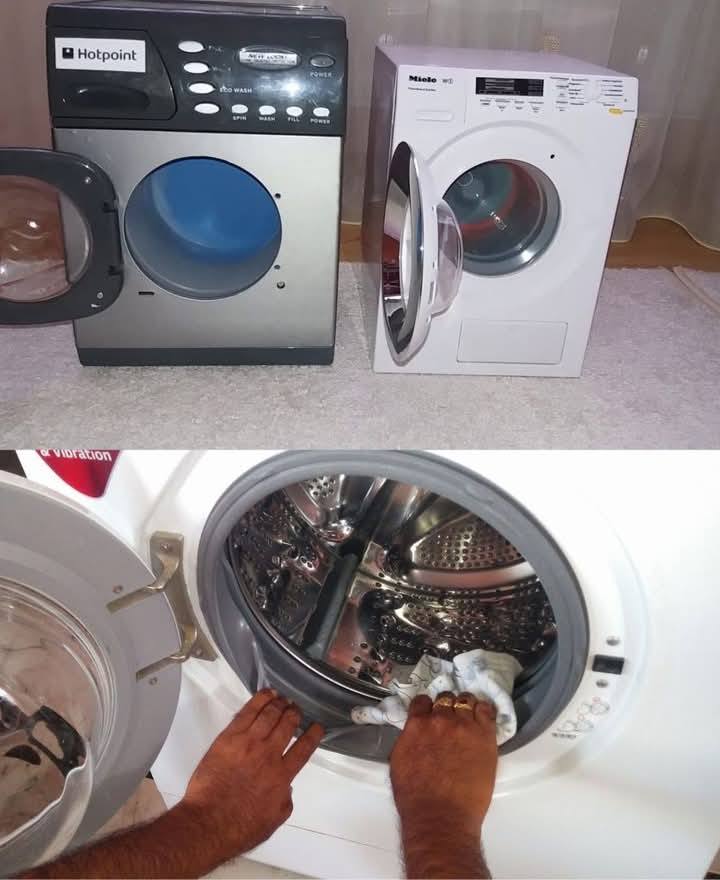ADVERTISEMENT
Washing Machine: Open or Closed Window? Which Option Saves More?
When it comes to laundry, most of us are focused on getting our clothes clean, but have you ever considered how the way you use your washing machine could affect energy consumption? One factor that may come as a surprise is whether you should leave the washing machine window open or closed while it’s running. It might sound like a trivial question, but understanding the impact of this decision could lead to savings on your energy bills and even help your machine last longer.
In this article, we’ll break down whether opening or closing the washing machine window saves more energy and share some tips to get the most out of your washing machine.
The Importance of Proper Ventilation
Before we get into whether the window should be open or closed, it’s important to understand the role ventilation plays in washing machine operation. Washing machines, especially front-loading models, have vents designed to allow air circulation. Proper ventilation helps prevent moisture from building up in the machine, which can cause mold, mildew, and unpleasant odors.
Option 1: Keeping the Window Open
If you’re using a front-load washing machine, you’ve probably noticed that many people recommend leaving the door slightly ajar after doing a load of laundry. This is because:
- Prevents Mold and Odor Buildup: Moisture can get trapped in the rubber door seal, which creates a perfect environment for mold to thrive. By keeping the window (or door) open after washing, air can circulate and dry out any residual moisture inside the machine, reducing the risk of unpleasant smells and mold.
- Increased Airflow for Faster Drying: When the window is open, any moisture left inside the drum evaporates more quickly, making it less likely for damp spots to linger. This prevents moisture buildup in your laundry room, and helps the machine stay cleaner and more efficient.
- No Immediate Energy Impact: Keeping the window open doesn’t directly impact the energy usage while the machine is running. It’s primarily an after-wash habit, meaning it won’t consume additional electricity.
Option 2: Keeping the Window Closed
On the flip side, closing the washing machine door during operation might seem like a more “efficient” option in terms of energy savings, but there are a few things to consider:
- Retaining Heat and Steam: Some people believe that closing the window helps to retain heat and steam inside the drum during washing. However, most washing machines are designed to work effectively with or without the door being closed. In fact, modern machines regulate temperature and moisture effectively, so the small amount of heat retention from a closed window won’t significantly impact overall energy usage.
- Less Ventilation: The main downside of closing the window is that it can lead to trapped moisture inside the machine. If you close the door after washing without allowing it to dry out, it can create an ideal environment for mold and mildew, which can ultimately lead to unpleasant smells. This could also impact the longevity of your washing machine over time.
- Potential for Faster Drying: If you’re drying clothes immediately after washing, some argue that a closed window helps trap humidity, making drying easier by retaining moisture. However, this is only beneficial in terms of drying your laundry, not energy savings in washing.
Energy Consumption: Does It Really Matter?
The key factor when deciding whether to open or close your washing machine window boils down to energy consumption during the washing process. The reality is that the window being open or closed does not significantly affect the machine’s energy use while the wash cycle is running.
- Washing Cycle Power: The washing machine consumes the same amount of electricity whether the window is open or closed during the wash cycle. Energy consumption is primarily determined by the wash set
